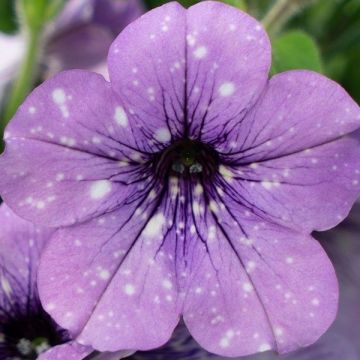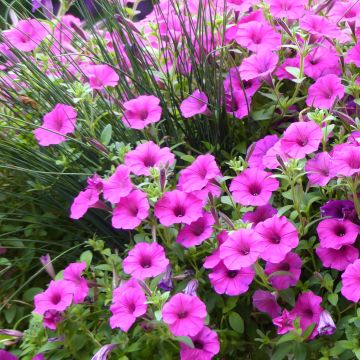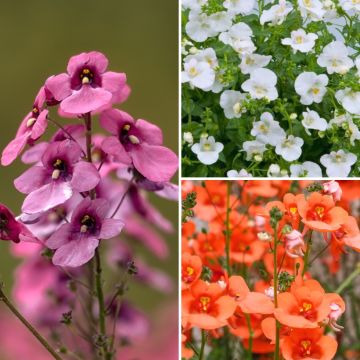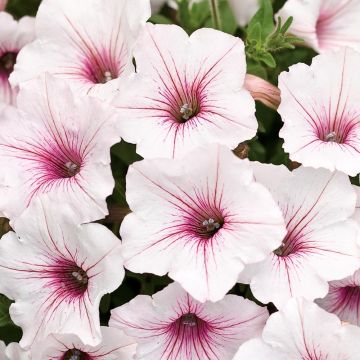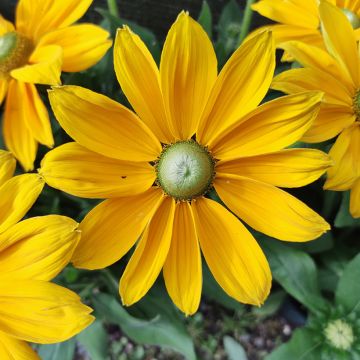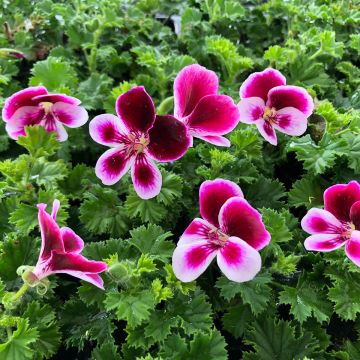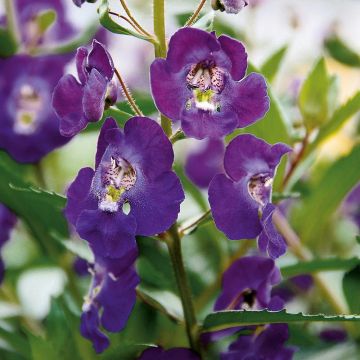

Petunia hybrida Bicolor Cabernet - Petunia cascadias Bicolor Cabernet


Petunia hybrida Bicolor Cabernet - Petunia cascadias Bicolor Cabernet


Petunia hybrida Bicolor Cabernet - Petunia cascadias Bicolor Cabernet
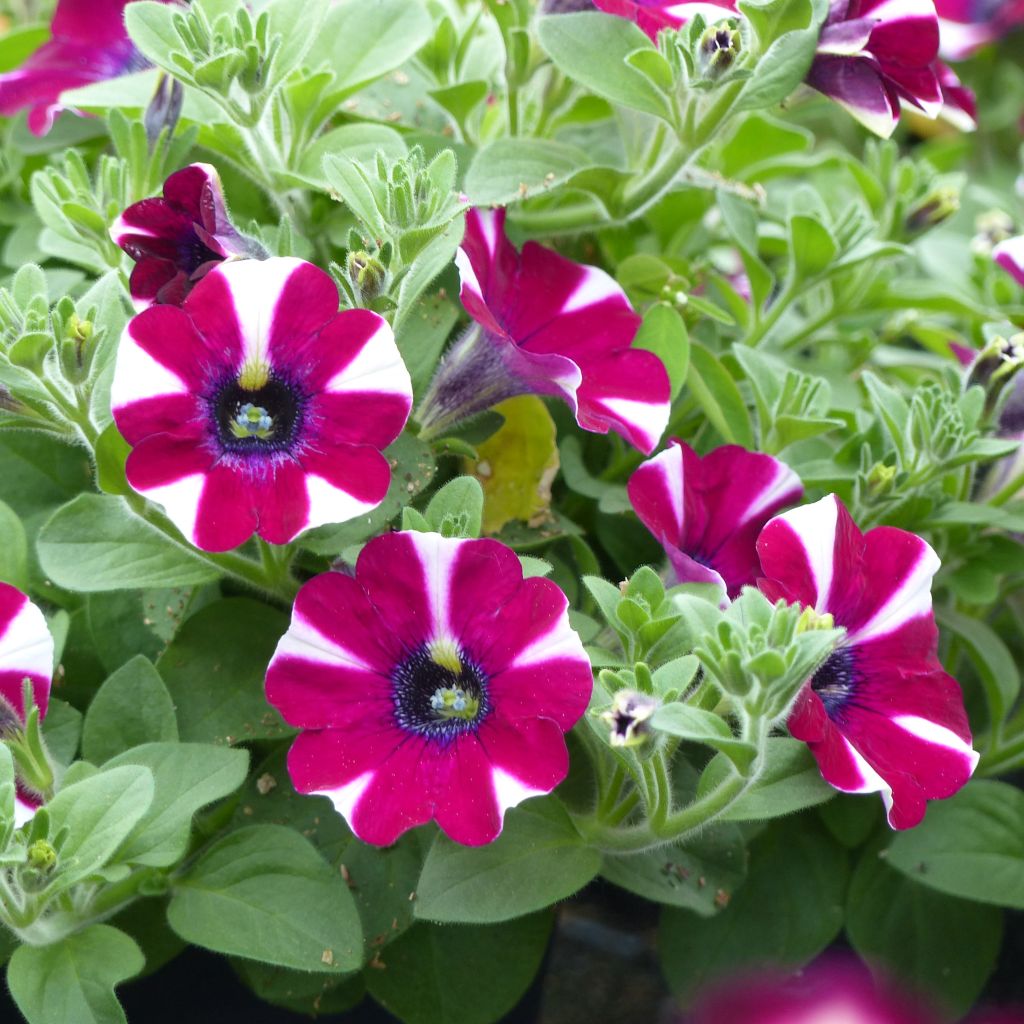

Petunia hybrida Bicolor Cabernet - Petunia cascadias Bicolor Cabernet
Petunia hybrida Bicolor Cabernet - Petunia cascadias Bicolor Cabernet
Petunia x hybrida Bicolor Cabernet
Petunia
young plants received, weak and dry clods.
Bertrand, 04/06/2023
This item cannot be shipped to the selected country
Delivery charge from €5.90
Delivery charge from €5.90
More information
Schedule delivery date,
and select date in basket
This plant carries a 6 months recovery warranty
More information
We guarantee the quality of our plants for a full growing cycle, and will replace at our expense any plant that fails to recover under normal climatic and planting conditions.
From €5.90 for pickup delivery and €6.90 for home delivery
Express home delivery from €8.90.
From €5.90 for pickup delivery and €6.90 for home delivery
Express home delivery from €8.90.
Does this plant fit my garden?
Set up your Plantfit profile →
Description
The Petunia Cascadias Bicolor Cabernet, originating from South America, is remarkable for its stunning red colour with white stars. It forms a veritable cascade of large single flowers from June to October. It is a perennial herbaceous plant, grown as an annual in colder climates. It is hybrid and creeping. Its hybridization dates back to the year 2000.
This Petunia has masses of flowers and is very interesting in hanging baskets with its long very downy stems. It measures between 50 and 70cm (27.6 in) in height. The flowers are 5 to 6 cm (2 - 2.4 in) in diameter. They consist of five petals arranged in a circular pattern with a single flower per stalk.
Drought and heat resistant, they thrive in sunny positions as well as partial shade. The Petunia Cascadias Bicolor Cabernet grows vigorously and rapidly. It has a slight fragrance.
Young plants which measure 4 to 8cm (1.6 - 3.1 in) in small 2.5cm (0.8 in) diameter pots, 4cm (1.6 in) high, are at least eight weeks old and mature enough to be planted in the ground.
Grow with other petunias.
Note: Please be aware that our young plug plants are professional products best suited for experienced gardeners: upon receipt, transplant and store them under cover (conservatory, greenhouse, frame...) at a temperature above 14°C/57.2°F for a few weeks before being planted outdoors once the risk of frost has passed.
Report an error about the product description
Petunia hybrida Bicolor Cabernet - Petunia cascadias Bicolor Cabernet in pictures




Flowering
Foliage
Plant habit
Botanical data
Petunia
x hybrida
Bicolor Cabernet
Solanaceae
Petunia
Cultivar or hybrid
Other Petunia and Surfinia
Planting and care
You can plant your Cascadias Bicolor Cabernet petunias in the ground or in a pot. If you want to plant them in the ground, wait until the last heavy frosts have passed (Surfinia petunias can tolerate a light late frost). In the meantime, you can start them off in a pot in a warm and bright place to speed up their growth. The petunias will flower from June to October. Plant your Cascadias Bicolor Cabernet petunias in a sunny or partially shaded location, sheltered from the wind. They need a light and humus-rich soil, that is well-drained. Do not overwater them at the start of growth as they are sensitive to excess moisture. They tolerate drought well but will need regular watering during hot summer periods. Petunias are frost-sensitive (minimum -1°/33.8°F). Fast-growing and with masses of flowers they are nutrient-demanding plants. We recommend feeding them with a liquid fertilizer for Surfinias once or twice a week during the growing season. Remove faded flowers and dry leaves as they appear to keep them looking beautiful and prolong flowering.
Planting period
Intended location
Care
-
, onOrder confirmed
Reply from on Promesse de fleurs
Plug plants - Annuals
Haven't found what you were looking for?
Hardiness is the lowest winter temperature a plant can endure without suffering serious damage or even dying. However, hardiness is affected by location (a sheltered area, such as a patio), protection (winter cover) and soil type (hardiness is improved by well-drained soil).

Photo Sharing Terms & Conditions
In order to encourage gardeners to interact and share their experiences, Promesse de fleurs offers various media enabling content to be uploaded onto its Site - in particular via the ‘Photo sharing’ module.
The User agrees to refrain from:
- Posting any content that is illegal, prejudicial, insulting, racist, inciteful to hatred, revisionist, contrary to public decency, that infringes on privacy or on the privacy rights of third parties, in particular the publicity rights of persons and goods, intellectual property rights, or the right to privacy.
- Submitting content on behalf of a third party;
- Impersonate the identity of a third party and/or publish any personal information about a third party;
In general, the User undertakes to refrain from any unethical behaviour.
All Content (in particular text, comments, files, images, photos, videos, creative works, etc.), which may be subject to property or intellectual property rights, image or other private rights, shall remain the property of the User, subject to the limited rights granted by the terms of the licence granted by Promesse de fleurs as stated below. Users are at liberty to publish or not to publish such Content on the Site, notably via the ‘Photo Sharing’ facility, and accept that this Content shall be made public and freely accessible, notably on the Internet.
Users further acknowledge, undertake to have ,and guarantee that they hold all necessary rights and permissions to publish such material on the Site, in particular with regard to the legislation in force pertaining to any privacy, property, intellectual property, image, or contractual rights, or rights of any other nature. By publishing such Content on the Site, Users acknowledge accepting full liability as publishers of the Content within the meaning of the law, and grant Promesse de fleurs, free of charge, an inclusive, worldwide licence for the said Content for the entire duration of its publication, including all reproduction, representation, up/downloading, displaying, performing, transmission, and storage rights.
Users also grant permission for their name to be linked to the Content and accept that this link may not always be made available.
By engaging in posting material, Users consent to their Content becoming automatically accessible on the Internet, in particular on other sites and/or blogs and/or web pages of the Promesse de fleurs site, including in particular social pages and the Promesse de fleurs catalogue.
Users may secure the removal of entrusted content free of charge by issuing a simple request via our contact form.
The flowering period indicated on our website applies to countries and regions located in USDA zone 8 (France, the United Kingdom, Ireland, the Netherlands, etc.)
It will vary according to where you live:
- In zones 9 to 10 (Italy, Spain, Greece, etc.), flowering will occur about 2 to 4 weeks earlier.
- In zones 6 to 7 (Germany, Poland, Slovenia, and lower mountainous regions), flowering will be delayed by 2 to 3 weeks.
- In zone 5 (Central Europe, Scandinavia), blooming will be delayed by 3 to 5 weeks.
In temperate climates, pruning of spring-flowering shrubs (forsythia, spireas, etc.) should be done just after flowering.
Pruning of summer-flowering shrubs (Indian Lilac, Perovskia, etc.) can be done in winter or spring.
In cold regions as well as with frost-sensitive plants, avoid pruning too early when severe frosts may still occur.
The planting period indicated on our website applies to countries and regions located in USDA zone 8 (France, United Kingdom, Ireland, Netherlands).
It will vary according to where you live:
- In Mediterranean zones (Marseille, Madrid, Milan, etc.), autumn and winter are the best planting periods.
- In continental zones (Strasbourg, Munich, Vienna, etc.), delay planting by 2 to 3 weeks in spring and bring it forward by 2 to 4 weeks in autumn.
- In mountainous regions (the Alps, Pyrenees, Carpathians, etc.), it is best to plant in late spring (May-June) or late summer (August-September).
The harvesting period indicated on our website applies to countries and regions in USDA zone 8 (France, England, Ireland, the Netherlands).
In colder areas (Scandinavia, Poland, Austria...) fruit and vegetable harvests are likely to be delayed by 3-4 weeks.
In warmer areas (Italy, Spain, Greece, etc.), harvesting will probably take place earlier, depending on weather conditions.
The sowing periods indicated on our website apply to countries and regions within USDA Zone 8 (France, UK, Ireland, Netherlands).
In colder areas (Scandinavia, Poland, Austria...), delay any outdoor sowing by 3-4 weeks, or sow under glass.
In warmer climes (Italy, Spain, Greece, etc.), bring outdoor sowing forward by a few weeks.




































